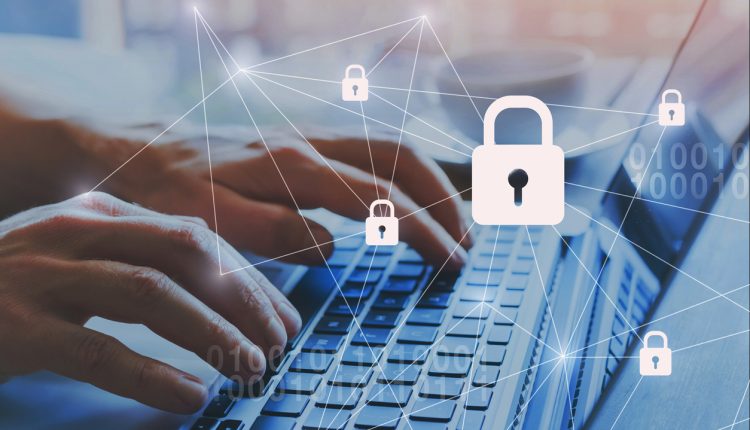Privacy vs. Safety: Legal obligations and best practices
By understanding the relationship between privacy and safety, and ensuring compliance with industry-specific regulations, legal professionals can act to strengthen security policies and protect people from harm.

Legal professionals have a responsibility to protect their clients, their client’s data and their colleagues from both physical and cybersecurity threats.
However, with recently published data revealing that cyber attacks increased by 38% in 2022, improving security can be challenging.
Lawyers, legal professionals, and internal security teams must also consider the impact of digital transformation on existing security and data privacy measures. As more organizations continue to explore the use of smart technologies, AI tools and similarly advanced hardware and software systems, best practices must be updated to ensure all sensitive assets and data remain secure.
For teams to appropriately bolster existing physical and cybersecurity policies, as well as ensure that all confidential information is suitably protected from potential threats, professionals must understand the relationship between privacy and safety in terms of wider security best practices.
Read on to discover more about privacy vs. safety including legal obligations and best practices.
Examining the difference between privacy and safety
Though both privacy and safety do overlap in many aspects, these terms typically refer to two distinct undertakings. Privacy measures generally govern how personal information is permitted to be accessed and viewed, including how data is stored and what that data can be used for, while safety/security refers to the systems and policies used to protect people/assets from harm.
Modern organizations and institutions must thus follow a variety of trusted best practices to ensure compliance with existing regulations, and to protect clients from multi-faceted threats.
Here is a selection of policies and technologies legal teams should consider when strengthening security plans.
- Multi-factor authentication (MFA) – Access to private data should be secured behind multiple unique credentials, alongside strong passwords, systems should be designed to require a one-time access code or biometric information before access is granted.
- End-to-end encryption – All communications and data transfers should be obscured from cyber criminals using end-to-end encryption, This ensures all digital information remains unreadable to anyone who does not possess an applicable decoding key.
- Social engineering training – Social engineering is involved in as many as 90% of modern data breaches, whereby authorized users are tricked into sharing private data with malicious actors, All staff and clients must be trained to spot and avoid these attacks.
- Firewalls and antivirus software – Deploying frequently updated firewalls and antivirus software helps to ensure that only authorized traffic can access private networks, while also acting to identify and remove potential malware and ransomware programs.
- Access control – Property access must be secured using managed access control systems, whereby authorized individuals are issued unique credentials governing which locations they’re able to enter, with live access logs helping to improve threat detection.
- Video Security – Commercial security cameras should be deployed to provide security staff with a way to visualize potential threats, Cloud-based systems that can be accessed remotely may improve security by allowing teams to view live feeds at any time.
- AI video analytics – Security cameras can be optimized using AI analytics software designed to autonomously detect potential threats, however, the use of this technology may be restricted in some cases depending on industry-specific privacy regulations.
- Management systems – Installed security devices should be integrated into a wider management system, allowing teams to view potential threats holistically, Cloud-based systems may be prioritized so that admins can access and adjust devices remotely.


